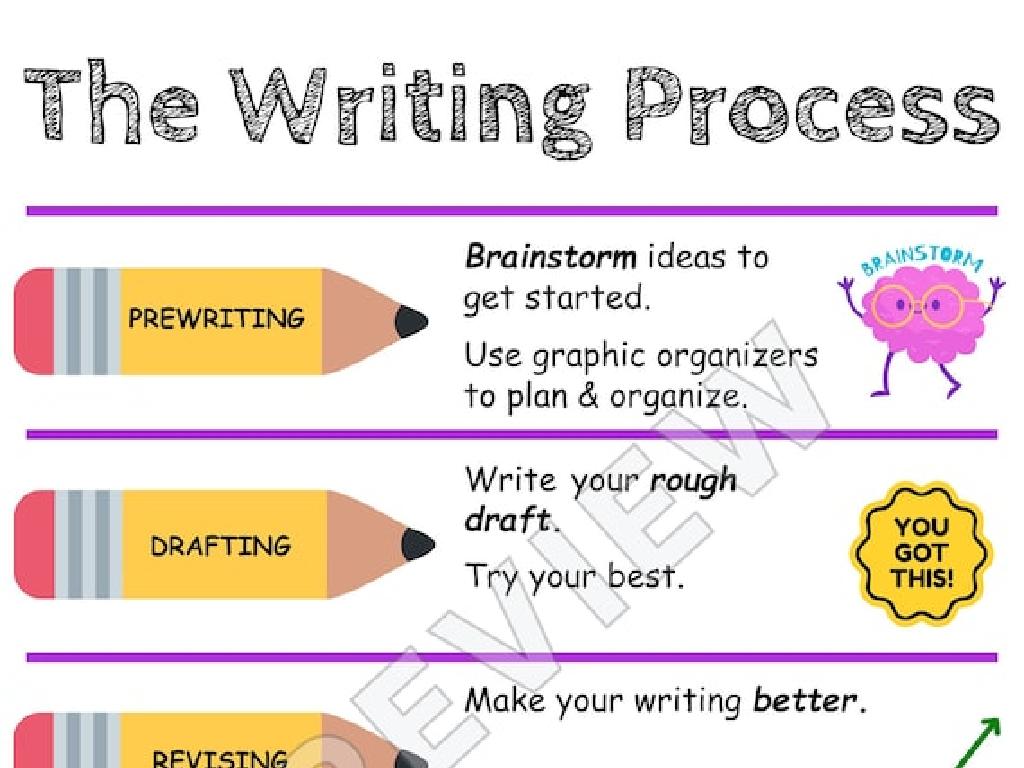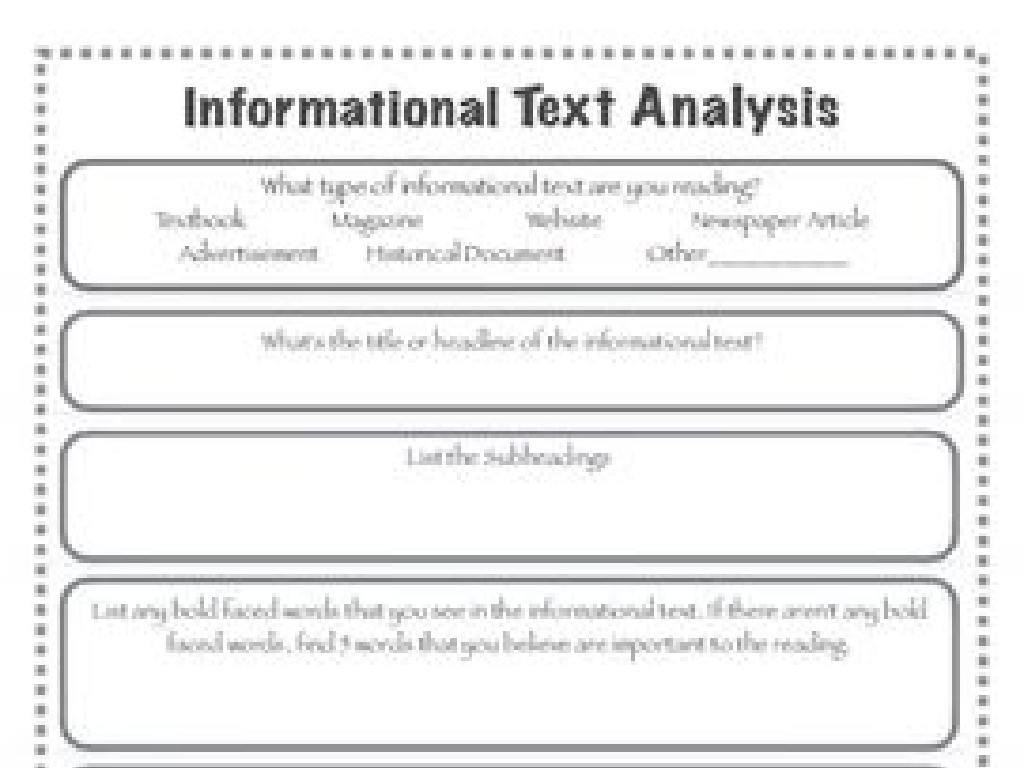Investments And Retirement
Subject: Life skills
Grade: High school
Topic: Financial Literacy
Please LOG IN to download the presentation. Access is available to registered users only.
View More Content
Financial Literacy: Investments and Retirement
– What is Financial Literacy?
Understanding money management, budgeting, and investing.
– Importance of Financial Literacy
Financial literacy helps in making informed money decisions.
– Investments and Retirement Basics
Investments grow wealth; retirement planning ensures future security.
– Preparing for the Future
|
This slide introduces students to the concept of financial literacy, emphasizing its importance in personal money management and future financial stability. Begin by defining financial literacy as the ability to understand and effectively use various financial skills, including personal financial management, budgeting, and investing. Highlight why financial literacy is crucial for making informed decisions that lead to a secure future. Touch on the basics of investments and retirement, explaining how investing can help grow wealth over time and why planning for retirement is essential even at a young age. Encourage students to think about their long-term financial goals and how the choices they make today can impact their future.
Understanding Investments
– Define investment
– An investment is an asset acquired with the goal of generating income or appreciation.
– Explore investment types
– Stocks represent ownership in a company, bonds are loans to entities, and real estate involves property investment.
– Assessing risk vs. reward
– Higher risks can lead to higher rewards, but also greater potential for loss.
– Importance for retirement
|
This slide introduces the concept of investment, a crucial component of financial literacy for high school students. Begin with the definition of investment, emphasizing its purpose for income or value increase over time. Discuss various types of investments, such as stocks, bonds, and real estate, providing examples for each to illustrate their differences. Highlight the risk-reward relationship in investing, explaining that while higher risks might offer greater returns, they also come with a higher chance of losing money. Conclude by stressing the significance of understanding investments for planning a secure retirement, as early and informed investment decisions can lead to a more financially stable future. Encourage students to think critically about their own risk tolerance and long-term financial goals.
The Power of Compound Interest
– Understanding Compound Interest
– Interest earned on both the initial principal and the accumulated interest from previous periods.
– Mechanics of Compound Interest
– Interest is calculated on the initial principal, which also includes all of the accumulated interest from prior periods on a deposit or loan.
– Long-term Investment Growth
– Compound interest can significantly increase your investment over time, especially with longer investment periods.
– Real-world Compound Interest Example
– If you invest $1,000 at an annual interest rate of 5%, compounded yearly, after 10 years, you’d have $1,628.89.
|
This slide introduces the concept of compound interest, which is a critical component of financial literacy, especially in the context of investments and retirement planning. It’s essential to explain that compound interest is the interest on a loan or deposit calculated based on both the initial principal and the accumulated interest from previous periods. This can lead to exponential growth of an investment over time. Use the example provided to illustrate how a relatively small initial investment can grow significantly over a long period, emphasizing the importance of starting to invest early in life. Encourage students to use online compound interest calculators to explore different scenarios and to understand the impact of different interest rates and time periods on their potential savings.
Planning for Retirement: Starting Early
– Importance of early retirement savings
– Compounding interest grows savings faster over time.
– Types of retirement accounts
– 401(k), Traditional IRA, and Roth IRA have different tax implications.
– Determining your retirement savings
– Consider factors like lifestyle, inflation, and healthcare costs.
– Strategies for a comfortable retirement
– Diversify investments and regularly review your savings goals.
|
This slide emphasizes the significance of beginning retirement savings early due to the benefits of compounding interest. It introduces students to common retirement accounts, including 401(k), Traditional IRA, and Roth IRA, highlighting the importance of understanding their tax benefits and implications. Students should learn how to estimate the amount needed for retirement, taking into account their desired lifestyle, the impact of inflation, and potential healthcare expenses. The slide also suggests the importance of diversifying investments and the need for periodic reassessment of retirement goals to ensure a comfortable retirement. Encourage students to start planning and saving as soon as they start earning.
Investment Strategies for Financial Growth
– The role of diversification
– Spreading investments to reduce risk
– Long-term vs. Short-term investments
– Long-term holds potential for higher returns; short-term for quicker gains
– Tailoring your investment profile
– Align investments with goals, risk tolerance
– Balancing risk and return
|
This slide introduces students to the concept of investment strategies within the realm of financial literacy. Diversification is key to managing risk by investing in a variety of assets. Long-term investments, such as retirement funds, generally offer higher returns over time, while short-term investments can be more liquid and accessible. Understanding one’s investment profile involves assessing personal goals, risk tolerance, and time horizon, which guides the choice of investment strategies. Encourage students to think critically about how they can apply these strategies to their future financial planning. Discuss the balance between risk and potential returns, emphasizing that higher risk can lead to higher rewards but also greater potential for loss.
Avoiding Common Investment Mistakes
– Risks of emotional investing
– Emotional decisions can lead to risky investments without proper analysis.
– Regular investment reviews
– Periodic reviews help adjust strategies and keep goals on track.
– Recognizing investment scams
– Learn to identify red flags and verify investment legitimacy.
– Steering clear of ‘get-rich-quick’ schemes
– If it sounds too good to be true, it probably is. Always research before investing.
|
This slide aims to educate students on the importance of making informed investment decisions and avoiding common pitfalls. Emotional investing often leads to impulsive decisions that disregard the fundamental analysis of investment opportunities. Regular reviews of investment portfolios are crucial for adapting to market changes and ensuring alignment with financial goals. Students should also be aware of the prevalence of investment scams and the allure of ‘get-rich-quick’ schemes, which can be particularly tempting to inexperienced investors. Emphasize the importance of due diligence and skepticism when evaluating investment opportunities. Provide examples of historical scams and the consequences for those involved.
Class Activity: Investment Simulation
– Divide into groups for simulation
– Each group decides on an investment strategy
– Consider factors like risk, return, and time horizon
– Present your group’s strategy and projections
– Use graphs or charts to illustrate potential outcomes
– Discuss the investment choices made
– Compare strategies and learn from different approaches
|
This activity is designed to give students a practical understanding of investment strategies and their potential outcomes. By working in groups, students will engage in collaborative learning and simulate real-world investment decisions. Each group should consider various investment options, taking into account risk tolerance, expected returns, and investment duration. After presentations, lead a discussion to reflect on the diversity of strategies and the reasoning behind them. Possible activities include investing in stocks, bonds, mutual funds, or real estate. Encourage creativity and critical thinking as students justify their strategies. This exercise aims to foster a deeper understanding of financial planning and the importance of informed investment decisions for long-term financial security.
Wrapping Up: Investments & Retirement
– Recap: Investments & Retirement
– Financial Literacy’s Value
– Understanding money management is key for future stability.
– Engage in Q&A Session
– Feel free to ask any questions or share thoughts.
– Reflect on Today’s Learning
– Think about how you can apply these concepts.
|
As we conclude today’s session on Investments and Retirement, it’s crucial to revisit the key points discussed. Emphasize the importance of being financially literate, especially how it relates to making informed decisions about investments and planning for retirement. Encourage students to ask questions or express any concerns they might have, fostering an interactive environment. Use this opportunity to assess their understanding and clarify any complex topics. Finally, prompt students to reflect on what they’ve learned and consider how they can integrate this knowledge into their personal financial planning for the future.






